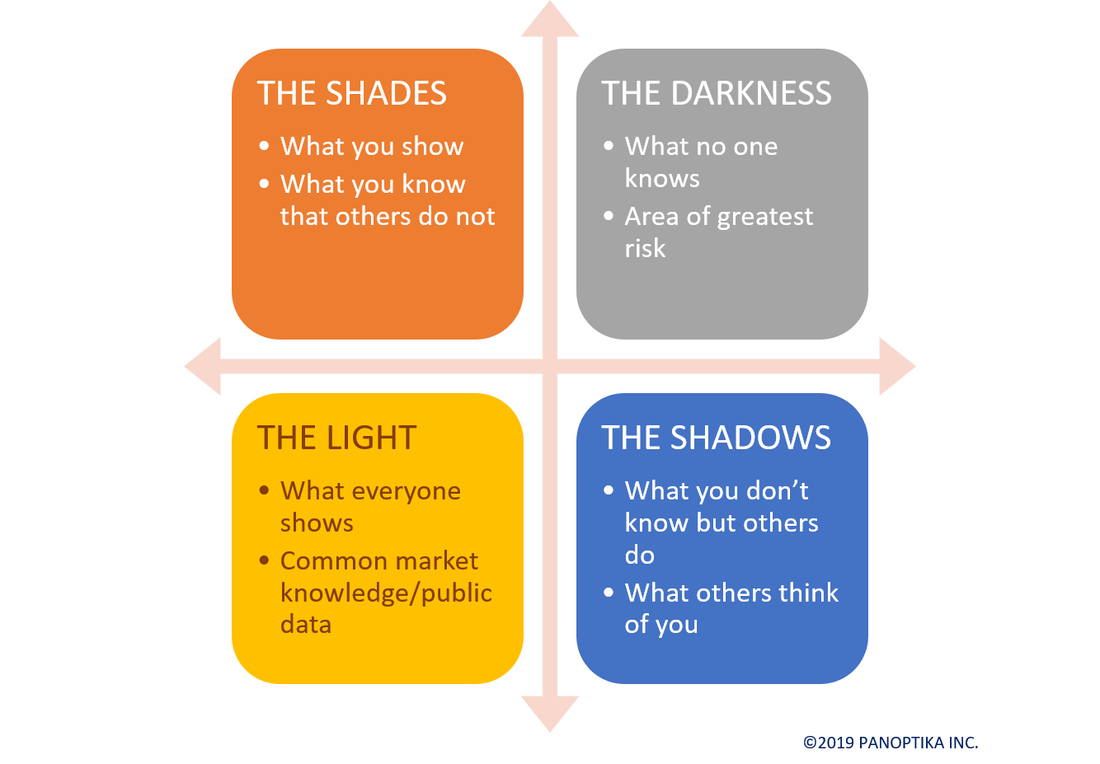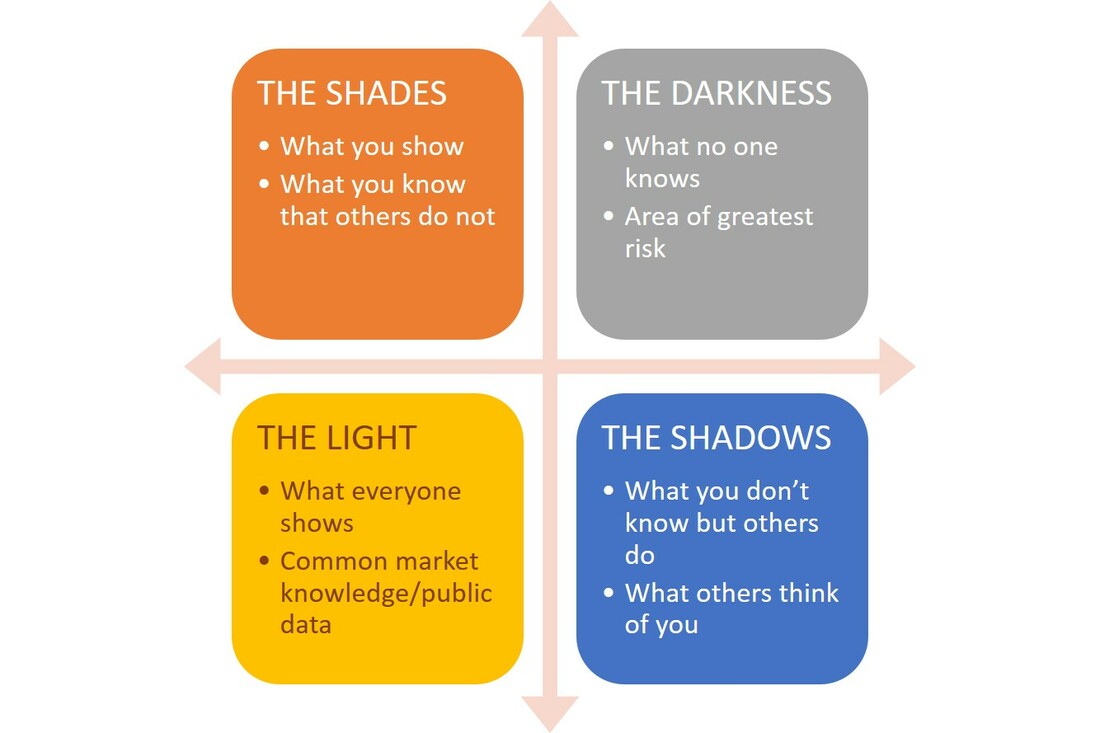Does this sound familiar? It can be tempting to undertake all your customer research on your own. After all, who knows your product or service better than you? Why would you ask an outsider to get involved?
Experts bring objectivity
It can actually be quite helpful to bring someone in who isn’t as familiar with your product, your service, or even your customer, as you are. Much like the Buddhist concept of the “beginner’s mind”, a professional researcher adds value precisely because they don’t have the level of immersion that you do. It allows them a certain level of openness, freedom to explore, and license to ask “stupid questions” for which your best customers or prospects might not grant you the benefit of the doubt. How else can they help?
They have a big toolkit, and they know what to use, when
What if a survey isn’t even the tool you need? Just as you are able to work with your customers to provide them with the best solution to their problem, strategic researchers can help you to determine, based on your objectives, the very best research method to use, to get the answers you need. Making a forecast? You definitely need a quantitative approach for at least some of the work. Interested in seeing whether your customers are able to explain your concept to others? A focus group or research community may be a more appropriate tool.
They’re experts in finding the right respondents – even amongst your current customers
Beyond this, experienced research experts work to make sure you are screening for the very best respondents – those who are really able to articulate their opinions and ideas. Moreover, a great research partner will help you figure out whether there is value in exploring sub-segments or groups of individuals who exhibit specific qualities (lots of experience with your product, versus none, for example, or language or cultural groups that resemble your new target market).
When the data comes in, they know what to look for
Let’s say you go ahead and you do host and field a survey on your own. What happens if you forgot an important question? Or if you put a lot of open-ended questions in there, and now you don’t know what to do with all those verbatims? It can be really helpful to have that second set of eyes to look at the questions, pilot, and test them. They can bring their experience to the table in structuring the questions to yield answers that will be useful and actionable. Then, when the answers are in, they are great at separating the “nice to know” answers from those that really go to the heart of your objectives.
They’ll help you build a story that will keep your team engaged
Beyond just asking the questions, research practitioners are also storytellers. They don’t just produce pie charts or pretty pictures – they create a narrative that moves your colleagues from why you asked the questions in the first place, to what it means for your organization, and what you can do with the findings. This will encourage them to ask questions of their own, to be on the lookout for additional clues, and will help keep them from getting distracted by red herrings.
There’s plenty of value in engaging your customers and asking them questions – and in hearing the answers for yourself. It can also be worth the investment to work with a partner if you want to maximize your research ROI. It’s a little like that old adage: “If you want to go fast, go alone. If you want to go far, go together.”










